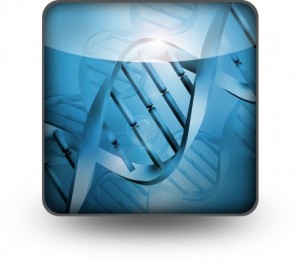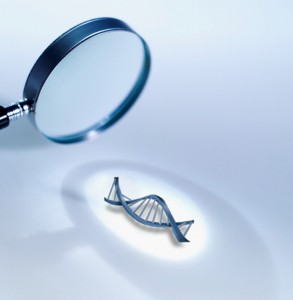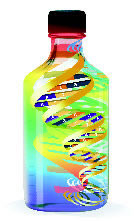
Source: Office of Biological and Environmental Research of the U.S. Department of Energy Office of Science. science.energy.gov/ber.
Forensic DNA analysis is usually cast as an important tool for the investigation of a violent crime. However, investigators also use the technology to solve property thefts.
The September-October 2012 issue of Evidence Technology Magazine features an article by Joseph Blozis on “Using DNA to Fight Property Crime.” He explains how New York City’s Biotracks program demonstrated this new use of DNA testing. The NYPD recovered DNA samples from burglary cases with no suspects and forwarded the samples to private companies for analysis. The Office of the Chief Medical Examiner Biological Laboratory then uploaded DNA profiles to the FBI’s CODIS system. Eventually, the efforts led to the identification of burglars in no-suspect cases and established links between apparently unrelated burglaries.
The successes of the NYPD program and similar programs in other jurisdictions have proven the value of DNA testing to solve property crimes. Finding the funds and staff to run extra DNA tests is another challenge.



